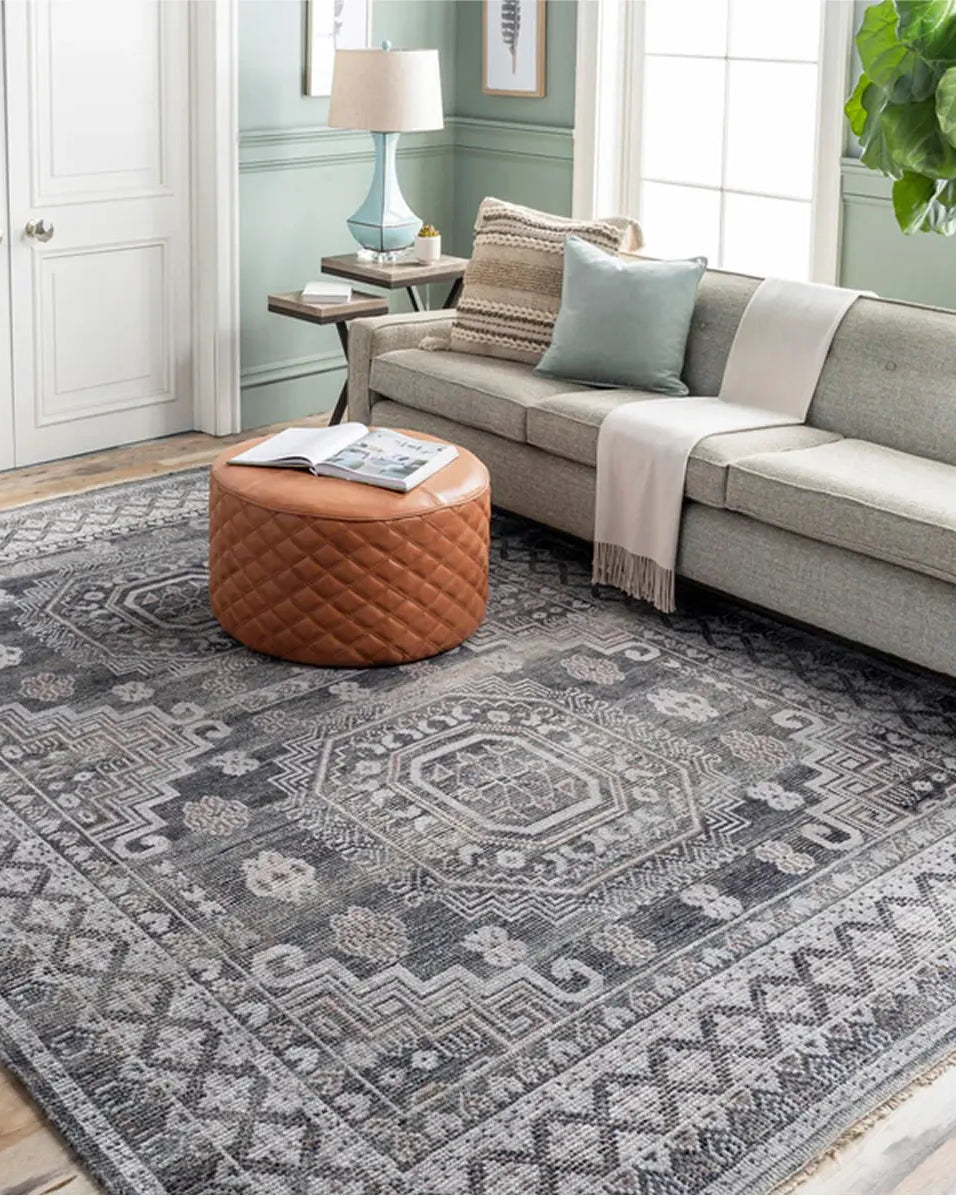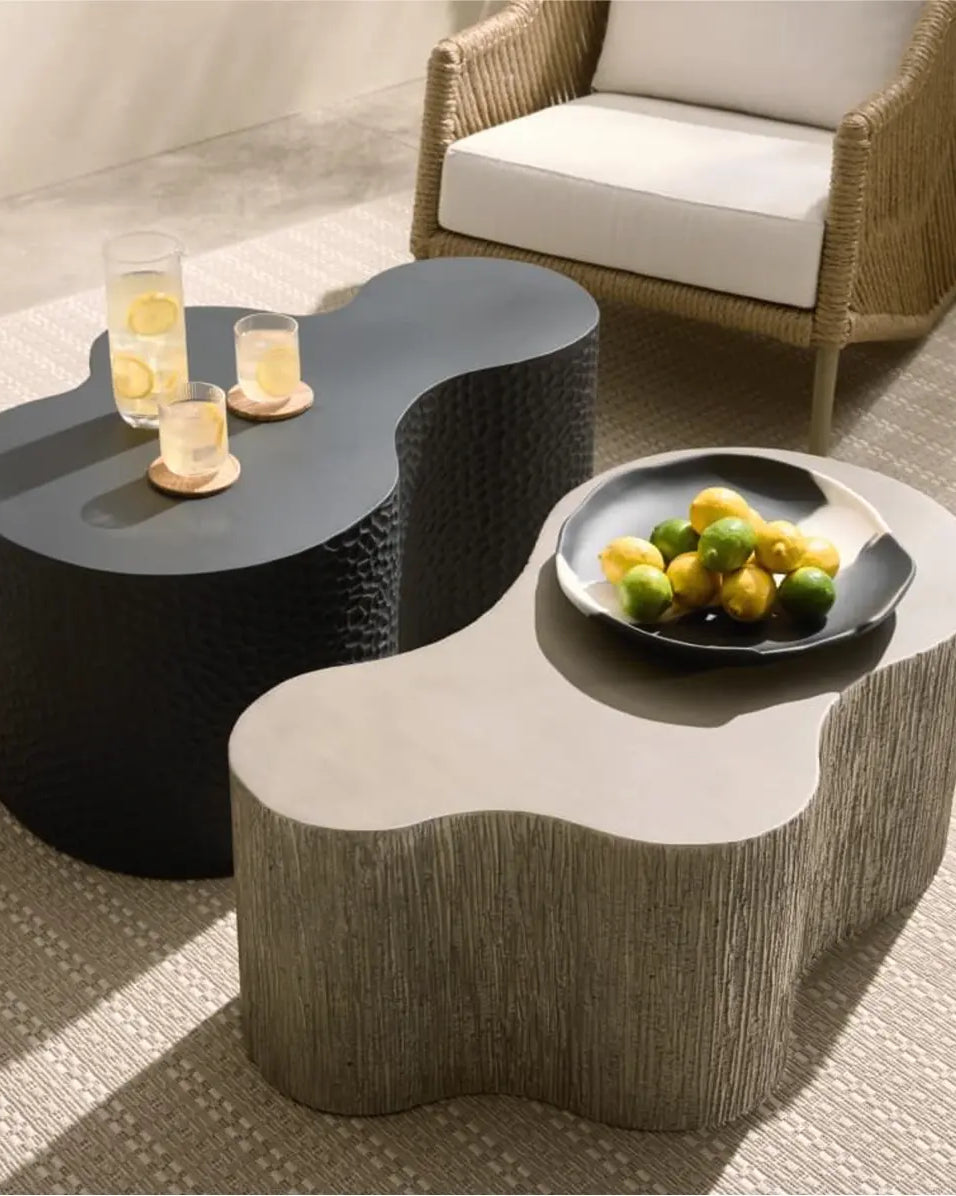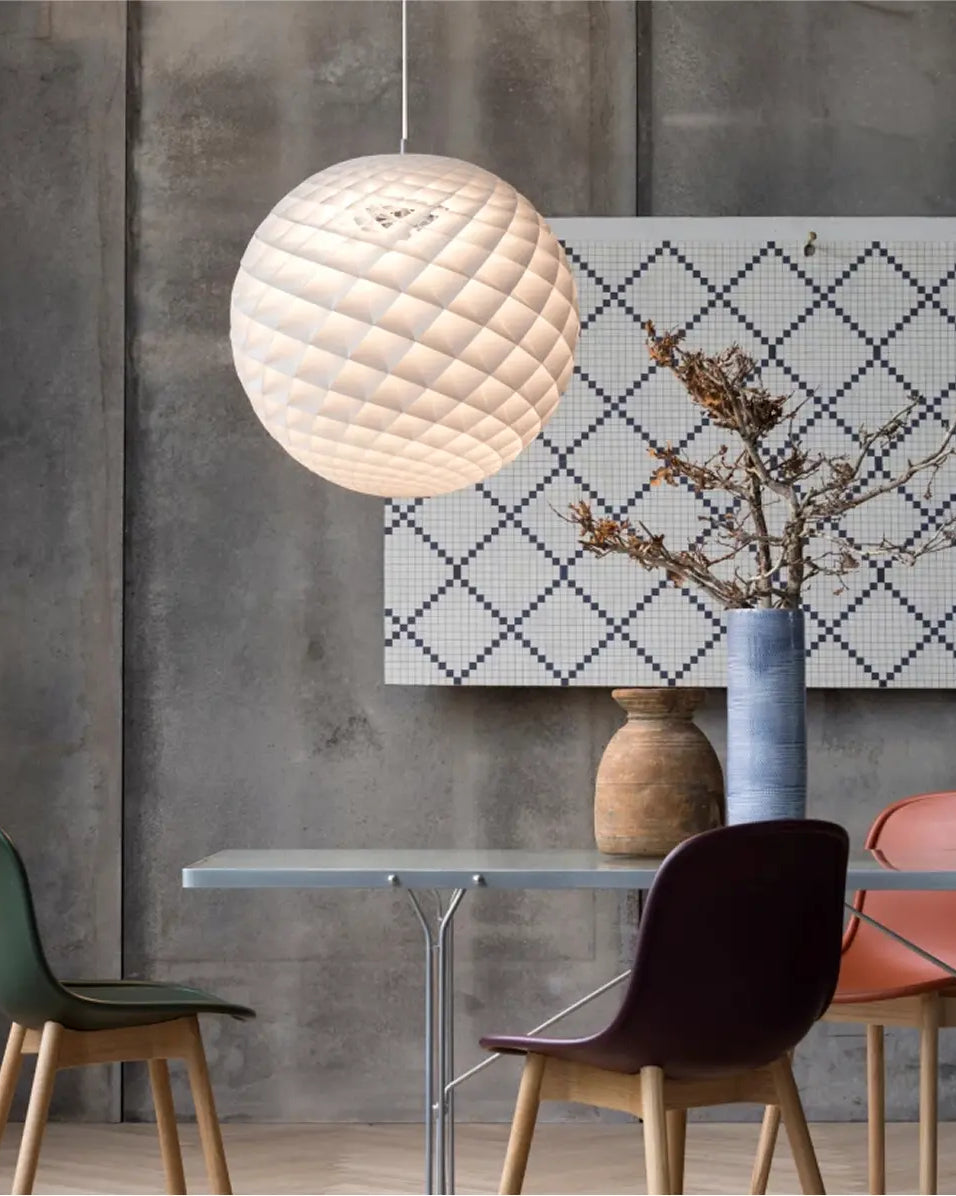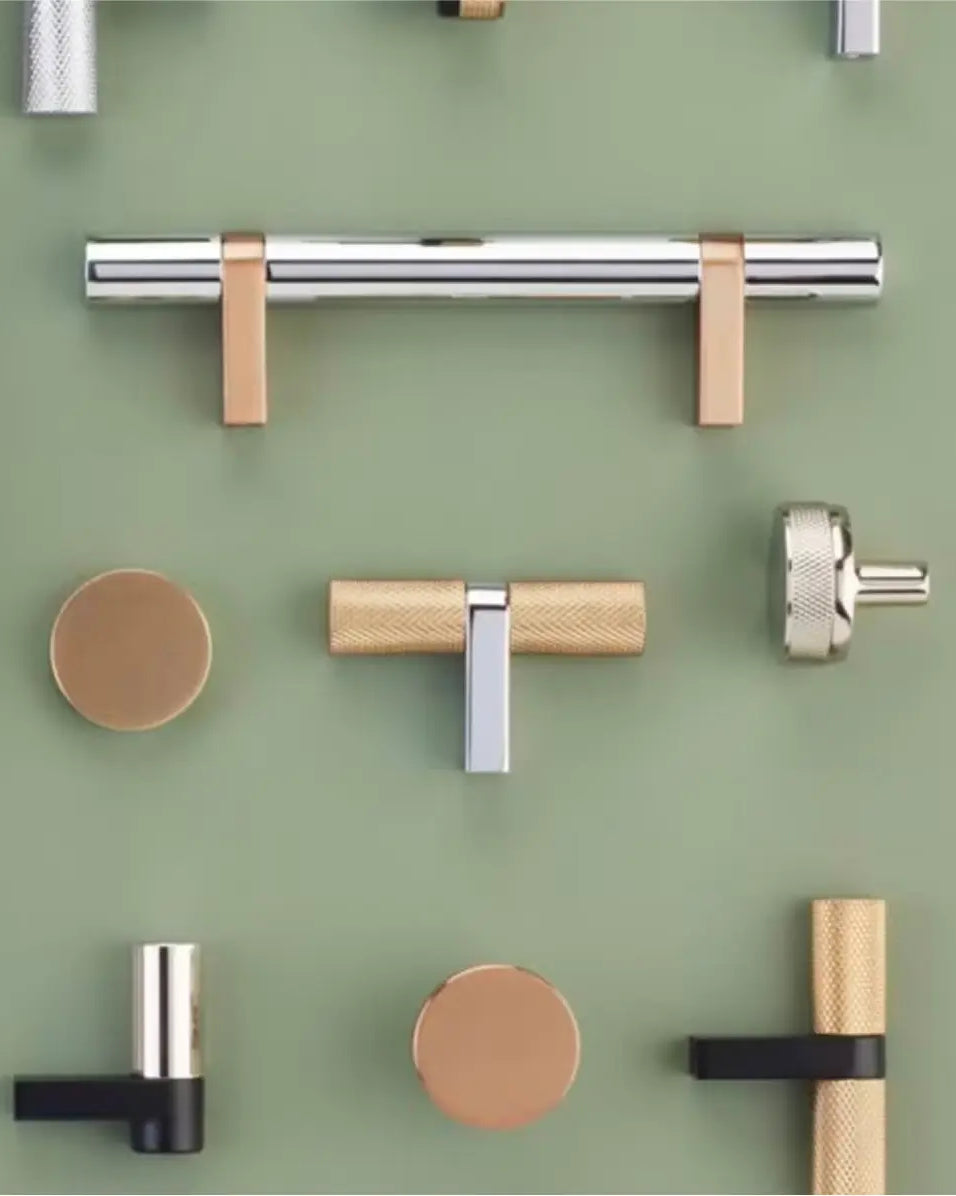Oriental rugs are often hailed as a classic and sustainable flooring option and are therefore widely still used in homes across the globe today. Persian rugs are a nice variant of the oriental carpets that have recently become a trend, especially in Canada and the United States.
If you would like to give your living room a facelift, and have it instantly become more comfortable, and shine with its own character, you have come to the right place! In this article, we’ll be talking about some of the essential aspects of buying and maintaining oriental rugs. Ready? Let’s begin with how you can identify an authentic oriental or Persian rug!
How To Determine if it’s a Real Oriental Rug
There are various indications that an oriental rug is handcrafted. Here are 3 tips to look for when checking its authenticity.
Tip #1: With up to 1-1.5 million knots per square meter, a real oriental rug has minor deviations in the knotting. Machine-made carpets, on the other hand, usually show no differences. Our recommendation is to take a close look at the back of the carpet and look for recurring patterns. Look out for small, slight variations in the color sequence or look for nodes that are different in sizes.
Tip #2: You can also measure the length and width of your rug precisely because a human-knotted rug usually has small differences. But they shouldn't be much larger than a few millimeters.
Tip #3: If you are thinking about purchasing a new oriental rug, pay attention to the country of origin of the rug of your choice. This should always be clearly identified and can give an indication of the authenticity of the carpet.
Persian Rugs Vs Oriental Rugs
For most people, they’re the same thing. However, there are a few differences between the two of the most popular traditional rugs.
Persian Rugs

Sku: 99446406613

Sku: AT52B-10
Oriental Rugs

Sku: R119B3117165ST

Sku: CL755B-10
Persian rugs are a subtype of oriental rugs, but they are among the highest quality and by far the best-known hand-knotted carpets from the Middle East. Their tradition and history go back to the very early days of carpet knotting. If you want to leave your carpet to a later generation, a Persian rug is the best choice.
But here too, there are clear differences between the regions. Whether from Persia (modern-day Iran) or other well-known areas, each region is known for its own unique style. At the end of the day, it is often a matter of taste as to which rug you wish to purchase and to welcome to your home. For instance, if you want very detailed floral ornaments designed in your carpet, you have to look for an above-average knot density, which is more likely to be found in Persian rugs from Isfahan, Nain or Tabriz.
"Also Read: An Ultimate Guide to Revamping Your Home with Rugs in 2021"
Design Tips: Oriental Rugs as a Classic Among Floor Coverings
Rugs are not just decorative textiles, they also have a specific function in a room: to make it cozy and to exude character. Oriental rugs, however, have special status. They gain more and more value over the years and turn into antique pieces over decades. In addition to the classic patterns, some new shapes and motifs give oriental rugs a modern look. Trendy rugs with an oriental look fit into different decors and styles.

Sku: M5868L110170ST

Sku: AVA56082X77RU
Every oriental weaver's rug fascinates with its splendor and somehow reminds us of times gone by. Persian rugs still have special charisma that bring the charm of the Orient into your home. Every carpet lover, therefore, highly values these old traditional floor coverings. Besides, oriental carpets can be designed very differently. They can be handmade or industrially produced, look vintage or very modern and are made from different materials: cotton, wool, silk, jute or animal fur. If you prefer rugs made from natural fibers, explore our curated selection of wool area rugs for timeless warmth and durability. So there really is a gorgeous design for every taste!
The Right Way To Clean Oriental Rugs
Even if many cleaning companies and experts advise against cleaning an oriental carpet on your own, there is not much that speaks against it. It goes without saying that you must select the right cleaning agent. With proper processing, damage is unlikely.
The basic guide to cleaning an oriental rug is care. It starts with the selection of cleaning agents. They should be mild and pH neutral. Conventional detergents with chemically active surfactants should never be brought close to an oriental carpet.
During the cleaning process, you should also take care of keeping moisture levels as low as possible. Brief watering does not affect an oriental rug as long as it is quickly freed from the water again. The application of wool grease or lanolin after cleaning is important and sustaining. It replaces the rinsed and lost grease that protects the carpet and also keeps it shiny.
Follow these six steps to ensure the safe and proper cleaning of your oriental rugs!
- Pre-Cleaning
Thorough pre-cleaning is very important to get rid of the dust particles that are stored in the carpet before the subsequent wet cleaning. A deep vacuuming may be sufficient, but careful dry tapping on the carpet rod is a better strategy.
- Color Test
It’s extremely important to check whether the detergent you are using to clean your rug could fade the color. To check this, lather a tiny area on one of the edges of the rug with the detergent in question. Leave it to act and brush it out with the line. If the color fades, the detergent is too harsh and needs to be diluted or replaced.
- Brushes
Once you’ve confirmed that the detergent is good to go, you can distribute the foamy mixed cleaning agent evenly with the line on the carpet surface. The pile should be moistened, but not soaked with water. It’s always recommended to brush the oriental rug with light pressure with the line.
- Rinse
Remove the remaining foam with the brush washed out with clear water. Then wash generously with clear water and use the back of the scrubber to pull the moisture out of the oriental carpet.
- Refatting
Apply a lanolin or wool fat solution with the line to the slightly damp carpet with a fresh, soft brush or cloth.
- Drying
To dry up the rug, hanging it on an airy slatted construction is highly recommended. Rear ventilation is the key to thoroughly drying an oriental rug. Change the position of the carpet as it dries so that every part of the back hangs freely at times.
Shop Your Favorite Oriental Rugs From The Rug District
Now that we’ve covered all the basics for maintaining traditional carpets, we believe you’re ready to shop our oriental rugs online. For the finest collection of authentic oriental and Persian rugs in Canada, you can check out our all of our area rugs in the shop section!
Our collection comprises of Oriental and Persian rugs from some of the top international rug brands, all available under one roof for you to shop and buy online. Looking for designer pieces? Don’t miss our Loloi rug collection, where craftsmanship meets contemporary flair. So, what are you waiting for? Shop today!













